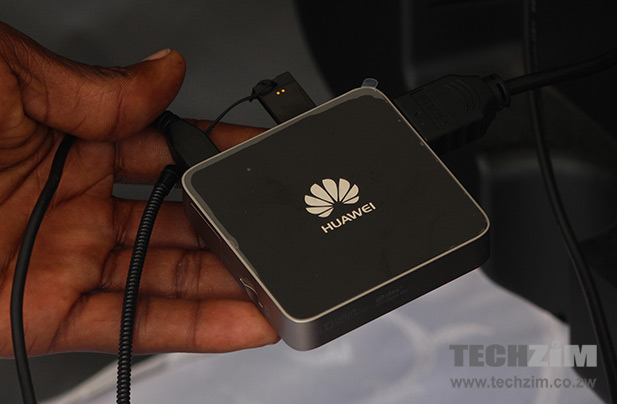Huawei is facing yet another conundrum. This, like most of their most recent troubles, comes courtesy of the sanctions imposed by the United States. The initial round sanctions saw Huawei lose any support from US-based companies like Google. This limited physical component supply as well as software support. The second round of sanctions enacted in May extended restrictions to Huawei’s foreign suppliers who use or licence US technology.
The most recent blow to Huawei is that they have lost the services of TSMC (Taiwan Semiconductor Manufacturing Co). Huawei has relied on TSMC as a manufacturing partner for their inhouse HiSIlicon Kirin chips. TSMC who use US-based technologies can no longer supply Huawei with the chips which feature in their flagship devices.
This doesn’t only stop at their smartphones, this extends to any other product that has the Kirin silicon or suppliers for other products that fall within the bounds of the sanctions.
What are Huawei’s options?
Huawei may have to look to a domestic manufacturer. In a report by Android Authority, one option may be SMIC China (Semiconductor Manufacturing International Corporation). The initial problem is that SMIC uses US-made equipment and if a partnership materialises Washington will have something to say about it.
SMIC’s hardware, according to the same report, is not on the same level as the Kirin chips that Huawei has a dwindling supply of. Huawei may opt for the Mediatek Dimensity 5G which may not have the performance levels when compared to the Kirin hardware in their flagship devices but could be a short term option in the hope that the situation eases.
An unlikely ally?
In a report by the Wall Street Journal, chipmaker Qualcomm Inc is apparently lobbying the United States government to revoke the restrictions on the sale of components to Huawei. Qualcomm is arguing that the sanctions are limiting access to a market that is worth US$8 billion annually.
This alliance seems unlikely because Huawei and Qualcomm recently settled a patent licencing dispute which netted Qualcomm a US$1.8 billion payment from Huawei. On the other hand, one dispute doesn’t necessarily mean that there can’t be shared opportunities for both companies elsewhere. When there is money to be made, previous disagreements are usually smoothed over.
Thoughts
The next year may be gloomy for Huawei. If they can’t manage to get a chip manufacturer that can match the level of the Kirin then they will lose even more footing in international markets. The surge they had in Q1 for market share and in Q2 for devices shipped may not be repeated because it was down, in large part, to their home market. If their phones aren’t competitive with other brands then they could stand to lose ground in China.













